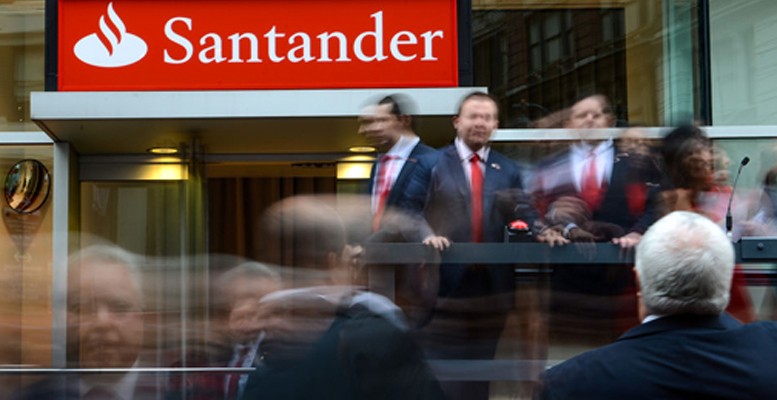Fernando Rodríguez | Spain’s big banks BBVA, Santander and Banco Popular have recently announced they will gradually reduce their branch network. What is the significance of this move? Norbolsa analyst Nagore Diez offers us some opinions.
Should we link these branch closures to a future consolidation process amongst the Spanish banks?
“In our opinion, these announcements should not be seen as a necessary prelude to a potential concentration process in the domestic banking sector. Just as is happening in other sectors, the banking industry is trying to readjust its offer and reduce costs to offset expected lower revenue growth,” Diez says.
“In the longer-term, and in line with the comments from BBVA’s CEO, we should also bear in mind that part of the branch network adjustment can be explained by the increasing use of digital channels for operations. This will mean that the function of bank branches will become obsolete in those jobs more related to transactions. That said, we can’t rule out a fresh wave of consolidation in the domestic banking sector in the medium-term. But for that to happen, we would need to have more clarity on the regulatory front (capital, liquidity…) as well as on the macro front in Spain (a recovery in volumes, prior to the start of interest rate hikes). And let’s not forget the political element (we need to know what the future framework for the sector will be),”she adds.
In the analyst’s opinion “in the last few years, as a result of this poor visibility, the banks are finding other countries with a better economic outlook more attractive investment choices. In this way they can improve their growth prospects and potential for geographic diversification. As far as any possible new mergers are concerned, this could be a case of the big banks buying up smaller and/or regional lenders. Or it could be tie-ups between smaller banks, which are geographically complementary, to create a national bank to compete with the already established entities.”





